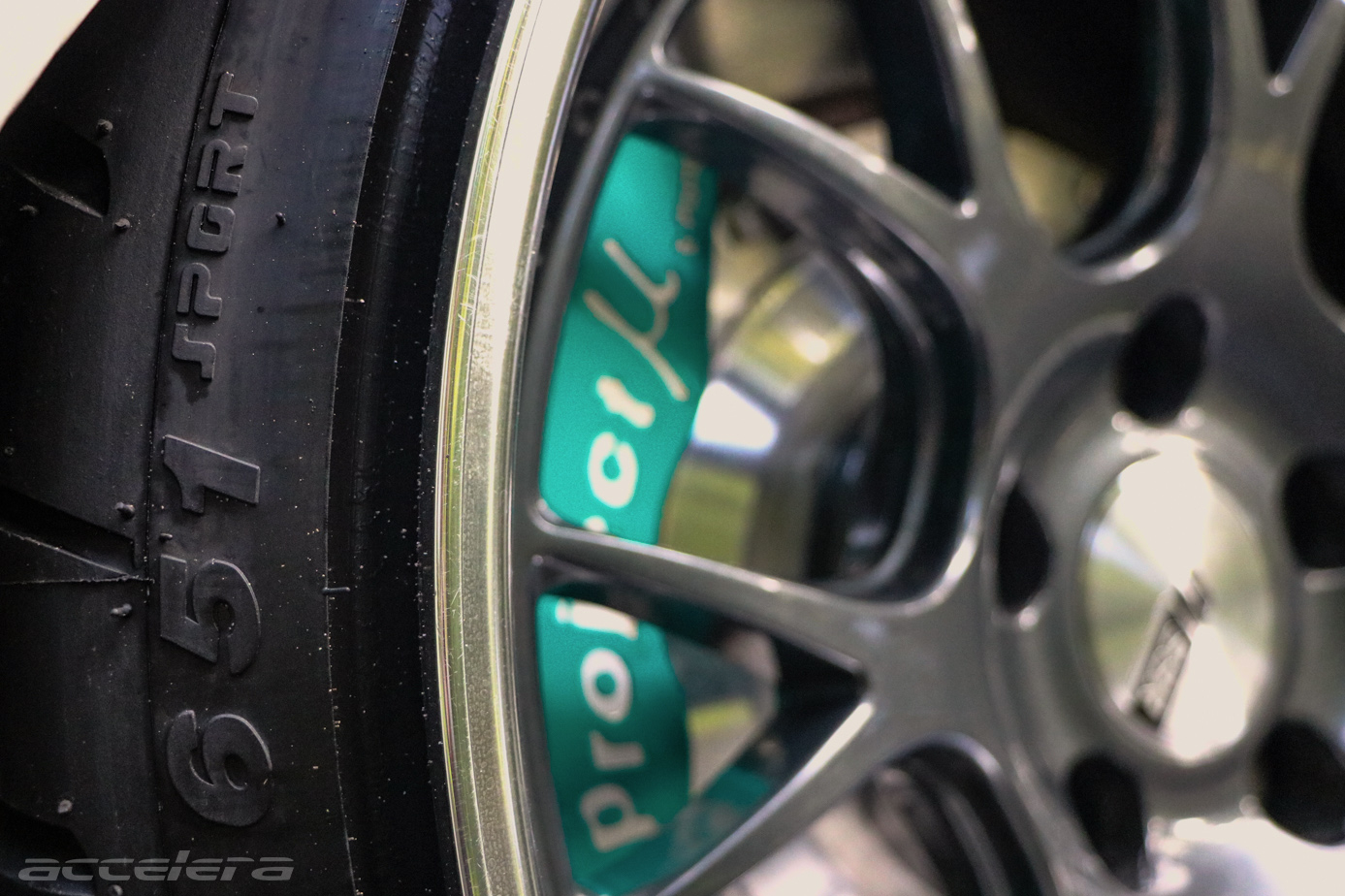Get to Know Car Body Materials: From Steel to Carbon Fiber
Usually, when talking about cars, many people immediately focus on the engine or wheels. However, there is one important part that should not be overlooked: the car body. Its function is not only to make the car look cool, but also to serve as the first line of defense to protect the driver and passengers.
In addition, the body is like the "face" of the car. So, it's no surprise that many owners add extra touches through body kits to make the appearance more aggressive or elegant according to their character. To understand more, let's get to know the main materials that manufacturers commonly use to make car bodies.
1. Steel: The Legendary Tough Material
Steel has been used since the early generations of cars. It is strong, easy to shape, and relatively affordable. Suitable for mass production, most entry-level to mid-level cars use this material.
However, steel has a drawback: it is heavy. Its weight makes the car less agile and can increase fuel consumption.
2. Aluminum: Lightweight, Rust-Resistant, But Expensive
Aluminum is often found in mid-range to high-end cars. It is lighter than steel, so cars can be more responsive, accelerate more easily, and consume less fuel. Plus, it is also rust-resistant.
The downside? Cars made of aluminum are usually more expensive. So this material is more exclusive.
3. Plastic: Flexible, Cost-Effective, and Recyclable
Don't underestimate plastic. Now, about 50% of new cars in the world use plastic in their bodies. It is lightweight, easy to shape, and inexpensive. The impact is clear: cars become more fuel efficient.
Another advantage is that plastic can be recycled and is easy to repair if damaged. Body repair costs are also more affordable. The downside is that in terms of strength, it is clearly not comparable to steel or aluminum.
4. Carbon Fiber: The High-end of Materials
This one is certainly familiar in the world of supercars and sports cars. Carbon fiber is super light but super strong. It is perfect for pursuing the best performance and handling.
Unfortunately, this material is extremely expensive, and not all manufacturers can use it. That’s why carbon fiber is only used for high-end cars or premium modification projects.
Conclusion
Every car body material has its pros and cons. Steel is sturdy but heavy, aluminum is lightweight but expensive, plastic is flexible and cost-effective but not very strong, while carbon fiber is the ultimate choice for those who don’t mind spending a lot.
So, when considering buying a new car or modifying its appearance, don't just focus on the design. Also pay attention to the body material, as it will affect performance, maintenance, and your comfort on the road.
Indonesia 🇮🇩
Kenali Bahan Body Mobil: Dari Baja Sampai Serat Karbon
Biasannya, kalau lagi ngomongin mobil, banyak orang langsung fokus ke mesin atau velg. Padahal, ada satu bagian penting yang nggak boleh diremehkan: body mobil. Fungsinya bukan cuma bikin mobil kelihatan keren, tapi juga jadi tameng pertama buat melindungi pengemudi dan penumpang.
Selain itu, body juga ibarat “wajah” mobil. Makanya, nggak heran kalau banyak pemilik kasih sentuhan tambahan lewat body kit, biar tampilannya makin agresif atau elegan sesuai karakter. Nah, biar makin paham, yuk kenalan sama bahan-bahan utama yang biasa dipakai produsen buat bikin body mobil.
1. Baja: Si Tangguh yang Legendaris
Baja sudah dipakai sejak mobil generasi awal. Kuat, gampang dibentuk, dan harganya relatif terjangkau. Cocok buat produksi massal, makanya mayoritas mobil entry-level sampai mid-level pakai bahan ini.
Tapi, baja punya PR: berat. Bobotnya bikin performa mobil jadi kurang gesit dan konsumsi BBM bisa lebih boros.
2. Aluminium: Ringan, Tahan Karatan, Tapi Mahal
Aluminium sering ditemukan di mobil kelas menengah ke atas. Lebih ringan dari baja, jadi mobil bisa lebih responsif, akselerasi enteng, dan konsumsi bahan bakar lebih irit. Plus, dia juga tahan karat.
Minusnya? Mobil berbahan aluminium biasanya dijual lebih mahal. Jadi material ini lebih eksklusif.
3. Plastik: Fleksibel, Ramah Biaya, dan Bisa Didaur Ulang
Jangan remehkan plastik. Sekarang, sekitar 50% mobil baru di dunia sudah pakai plastik di body-nya. Ringan, gampang dibentuk, dan murah. Dampaknya jelas: mobil jadi lebih hemat BBM.
Kelebihan lain, plastik bisa didaur ulang, bahkan gampang diperbaiki kalau rusak. Biaya body repair pun lebih terjangkau. Kekurangannya, dari segi kekuatan jelas nggak sebanding sama baja atau aluminium.
4. Serat Karbon: Material Elit
Kalau yang satu ini tentu sudah nggak asing di dunia supercar atau sportscar. Carbon fiber alias serat karbon super ringan tapi super kuat. Cocok banget buat ngejar performa dan handling terbaik.
Sayangnya, material ini mahal banget dan nggak semua pabrikan bisa mengaplikasikannya. Makanya, serat karbon cuma dipakai buat mobil kelas atas atau proyek modifikasi premium.
Kesimpulan
Setiap bahan body mobil punya kelebihan dan kekurangannya. Baja kokoh tapi berat, aluminium enteng tapi mahal, plastik fleksibel dan hemat biaya tapi kurang kuat, sementara serat karbon jadi ultimate choice buat yang nggak masalah keluar budget besar.
Jadi, kalau lagi mikir mau beli mobil baru atau modifikasi tampilan, jangan cuma lihat desain. Perhatikan juga bahan body-nya, karena bakal pengaruh ke performa, perawatan, sampai kenyamanan kamu di jalan.






